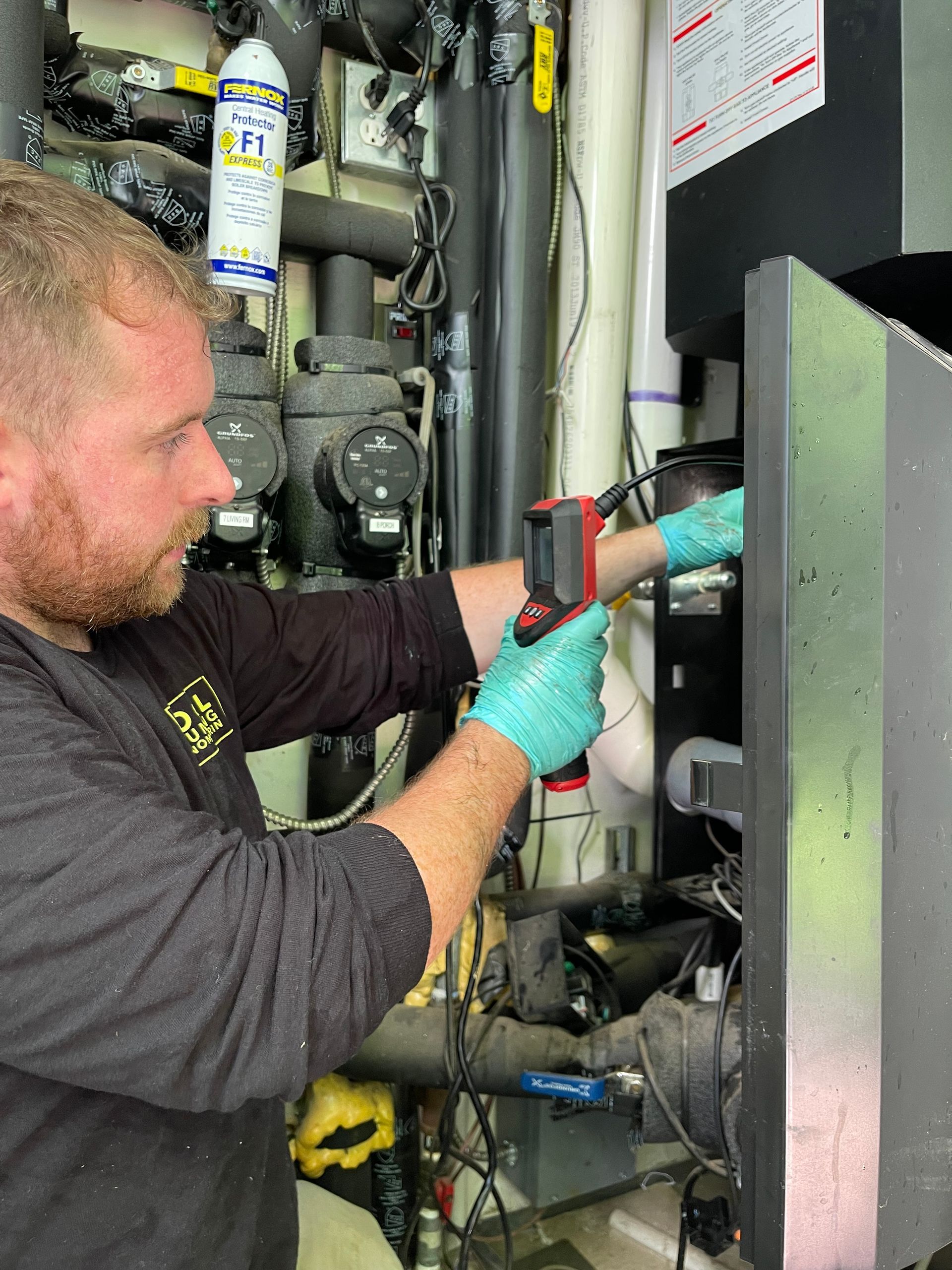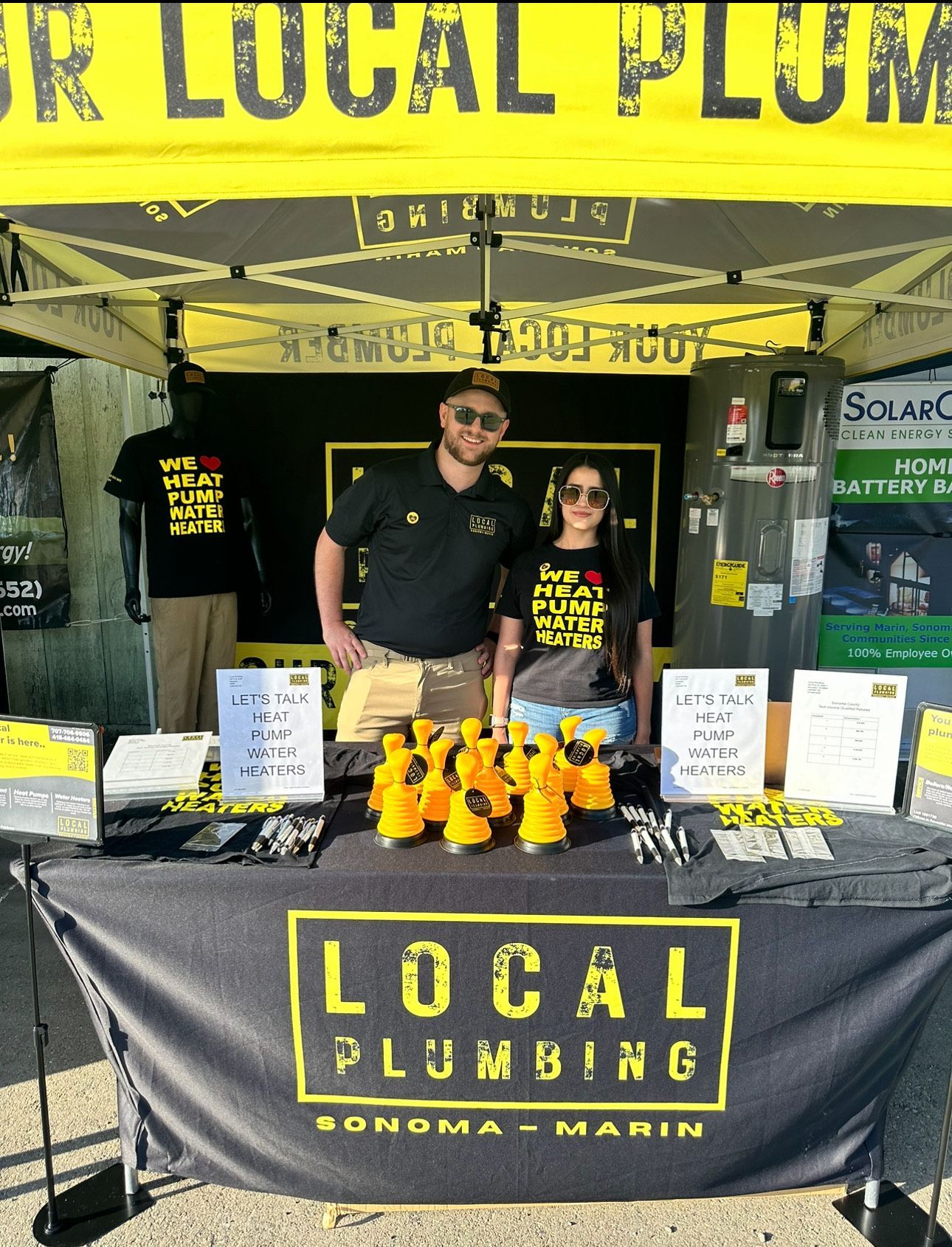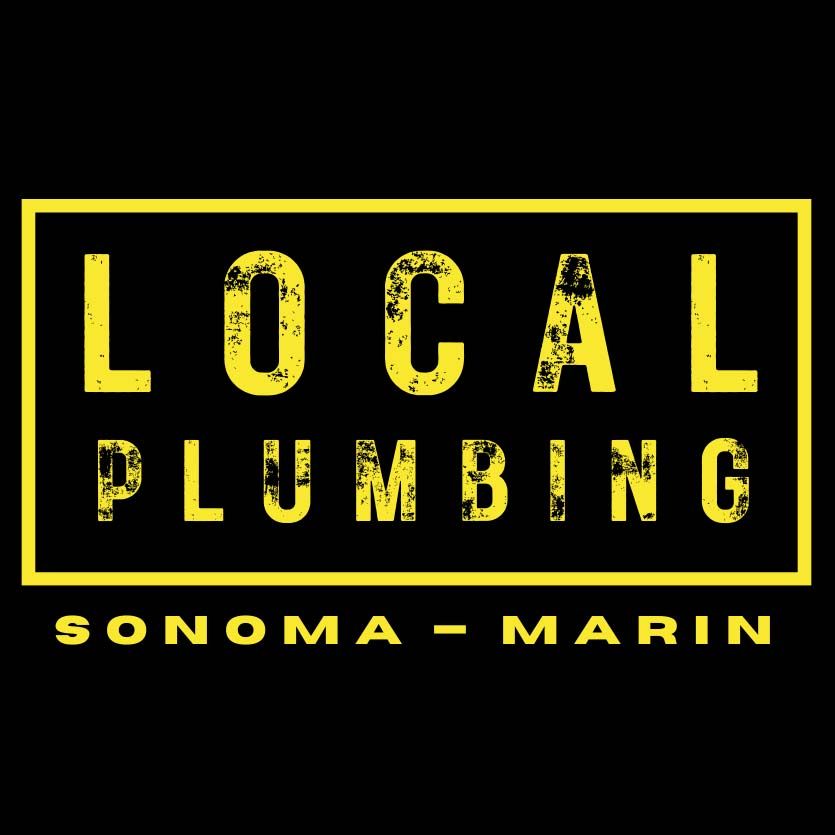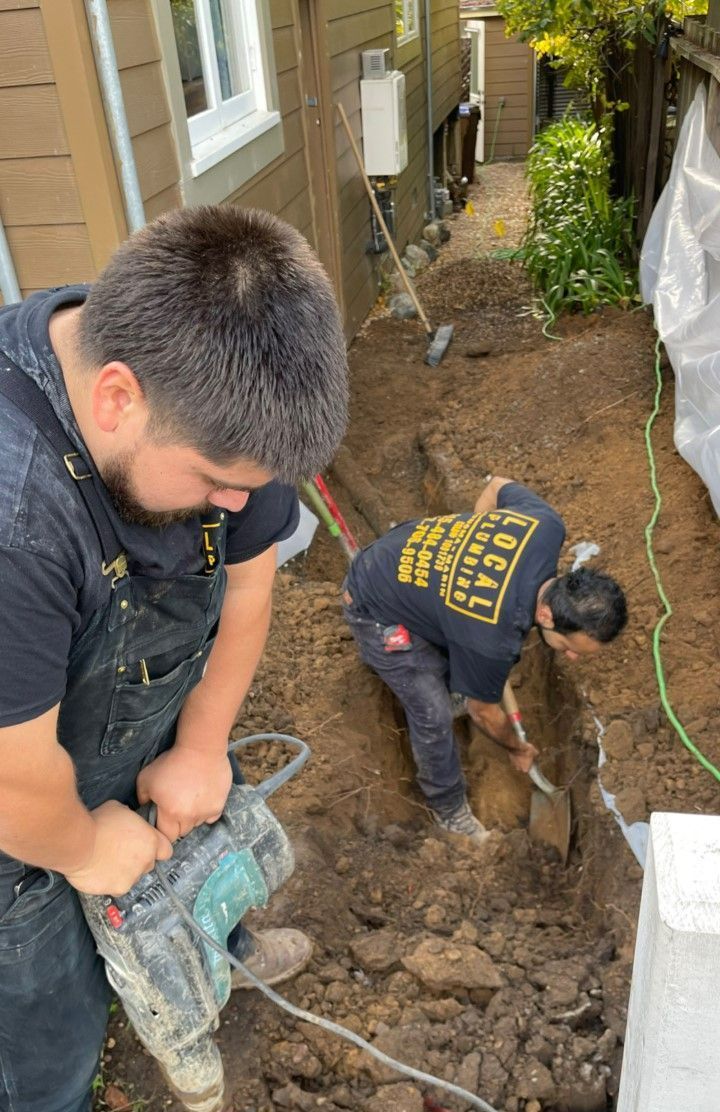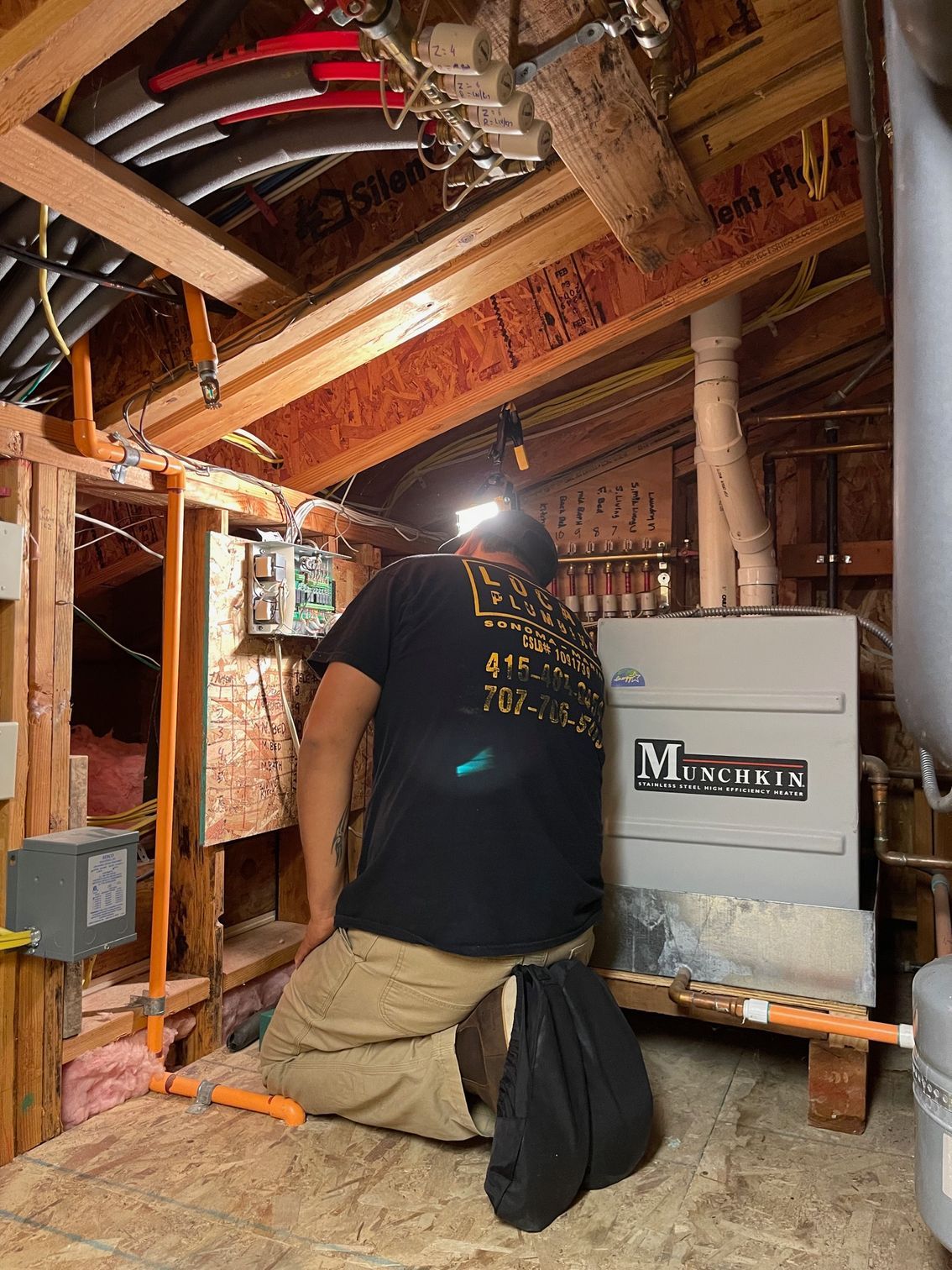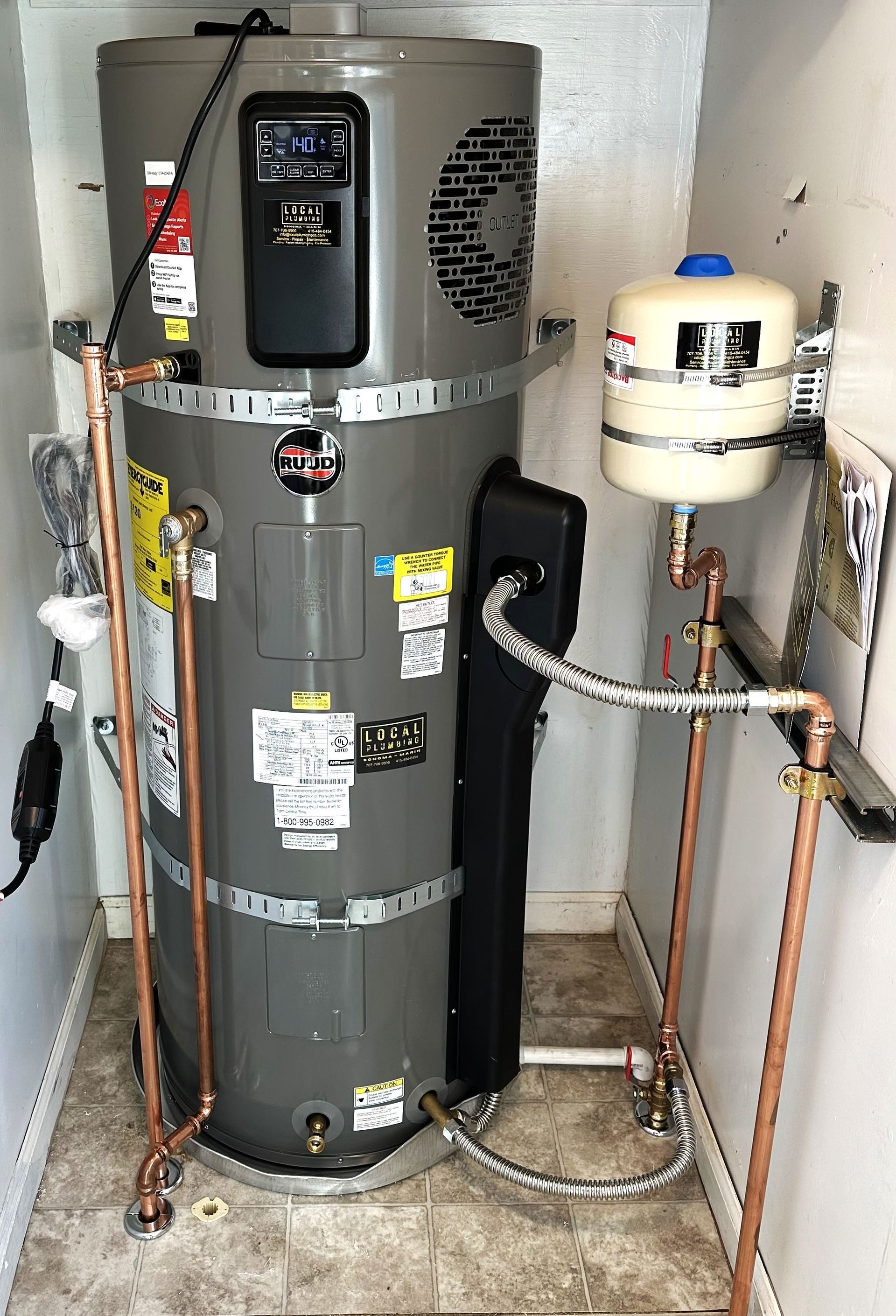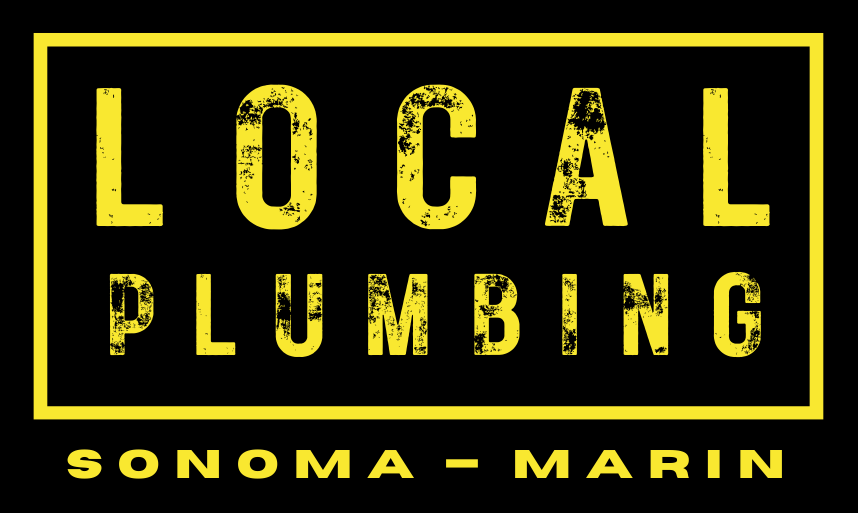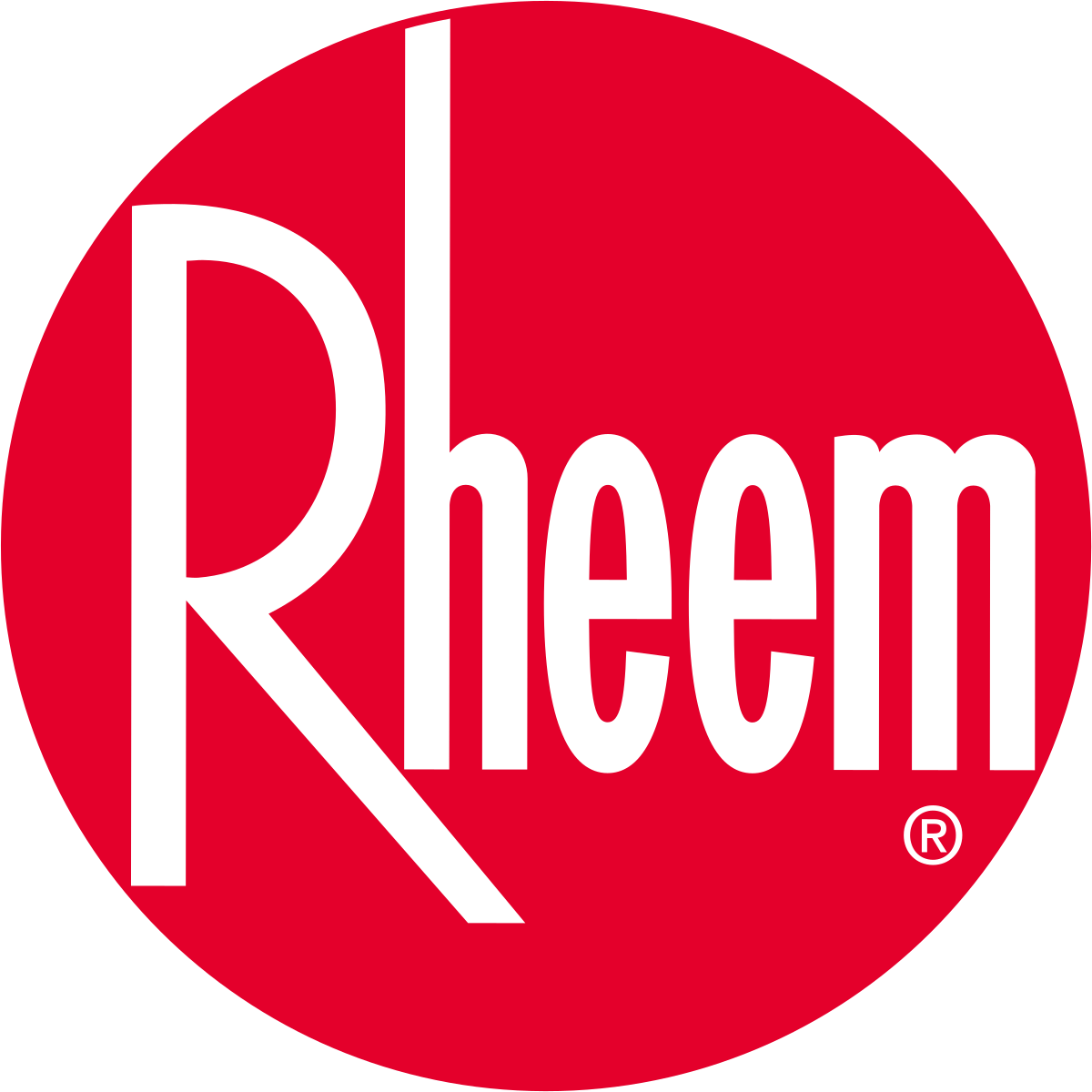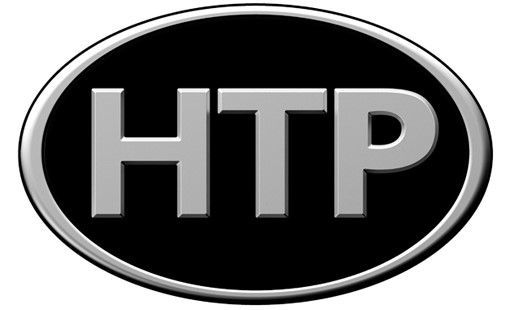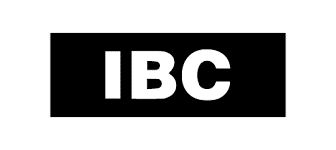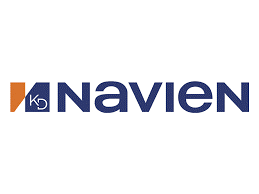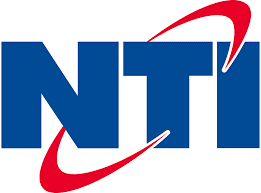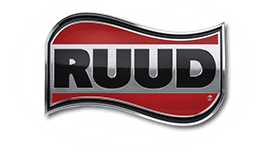Servicing Your Building's Fire Sprinkler System Is Crucial
Servicing Your Building's Fire Sprinkler System Is Crucial
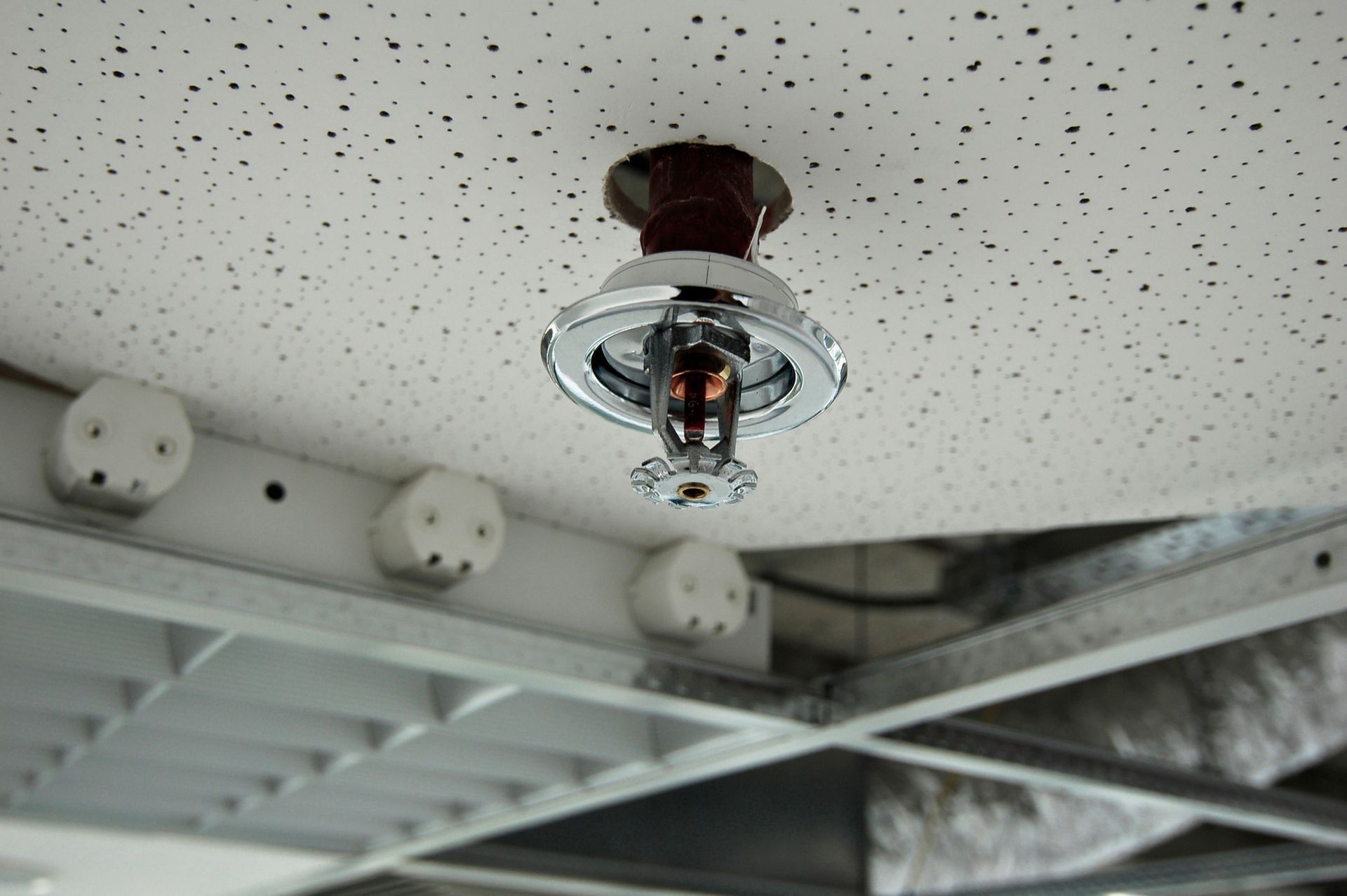
When it comes to safety in commercial and residential buildings, few systems are as critical as fire sprinklers. They stand as silent sentinels, ready to spring into action at a moment's notice, potentially saving both life and property. However, like any crucial safety net, fire sprinklers require regular care and maintenance to ensure they are in peak form. In this comprehensive guide, we look at why this regular servicing is paramount and how it safeguards you against potential disaster.
Understanding the Fire Sprinkler System
Before we dig into the importance of maintenance, it's essential to have a solid grasp of how fire sprinkler systems function. Unlike their cinematic depictions, where all the sprinklers go off at once, real-life systems operate on a zone approach. When high heat triggers a sprinkler, only the sprinklers in that specific zone are activated, minimizing water damage.
The Components at Play
A typical fire sprinkler system comprises a network of sprinkler heads connected to pipes filled with water. The system’s control valve is connected to a water supply, ensuring constant pressure. Each sprinkler is designed to distribute water over a specific area when it detects excessive heat, thus helping to control or suppress the fire where it starts.
Common Misconceptions
One of the most common misconceptions about sprinkler systems is their reliability over time. This belief often leads to neglect of routine maintenance but can tragically lead to system failures when they are needed the most.
The Critical Importance of Regular Inspections
All mechanical systems are subject to wear and tear, and sprinkler systems are no exception. Regular inspections by a plumber are the lynchpin in the maintenance of your building’s fire sprinklers and should occur at least once a year, if not more frequently, depending on local regulations and the system's environment.
Detecting Early Signs of Wear
During inspections, professionals will look for several factors:
- Corrosion or rust
- Leaks
- Obstructed or painted-over heads
- Physical damage
- Proper water pressure and flow
Compliant and Prepared
Adhering to a regimented inspection schedule ensures that your building is compliant with local safety codes. It also prepares your system to perform when needed, giving the rest of your fire safety infrastructure a chance to activate effectively.
Service and Recharging
In addition to regular inspections, sprinkler systems require more thorough servicing, such as internal inspections, which might need to be performed more infrequently.
Internal Checks
These inspections involve draining the water from the pipes and checking the inside of the piping and the sprinkler heads for obstructions or any issues that might impair the system's ability to function.
Recharging
In the event of a fire, one of the most significant factors in a sprinkler system’s functionality is water pressure. Recharging involves making sure that your system has adequate water supply and pressure to douse a fire effectively.
The Real Cost of Ignoring Maintenance
The bottom line is that neglecting the care and servicing of your building’s fire sprinkler system can have severe repercussions. In the event of a fire, a malfunctioning system might not operate at all, allowing a small, containable blaze to spread uncontrollably.
Potential Legal and Insurance Ramifications
Operating without an up-to-date inspection sticker can lead to fines and potentially voided insurance, leaving your business in financial jeopardy.
Endangering Lives and Property
Worst of all, a neglected fire sprinkler system puts lives at risk. Immediate and effective response to a fire can mean the difference between a minor incident and a catastrophic loss.
Regular servicing of fire sprinkler systems is non-negotiable. It’s a critical part of maintaining a safe environment and ensuring that in the event of a fire, your building’s inhabitants and assets are protected. Think of it as an ironclad insurance policy—a relatively small investment that pays out big when you need it most. Engage with a reliable fire protection service, educate your staff, and always prioritize safety. The machinery might be silent, but its impact is as loud as it is lifesaving.
Contact us to learn more.
